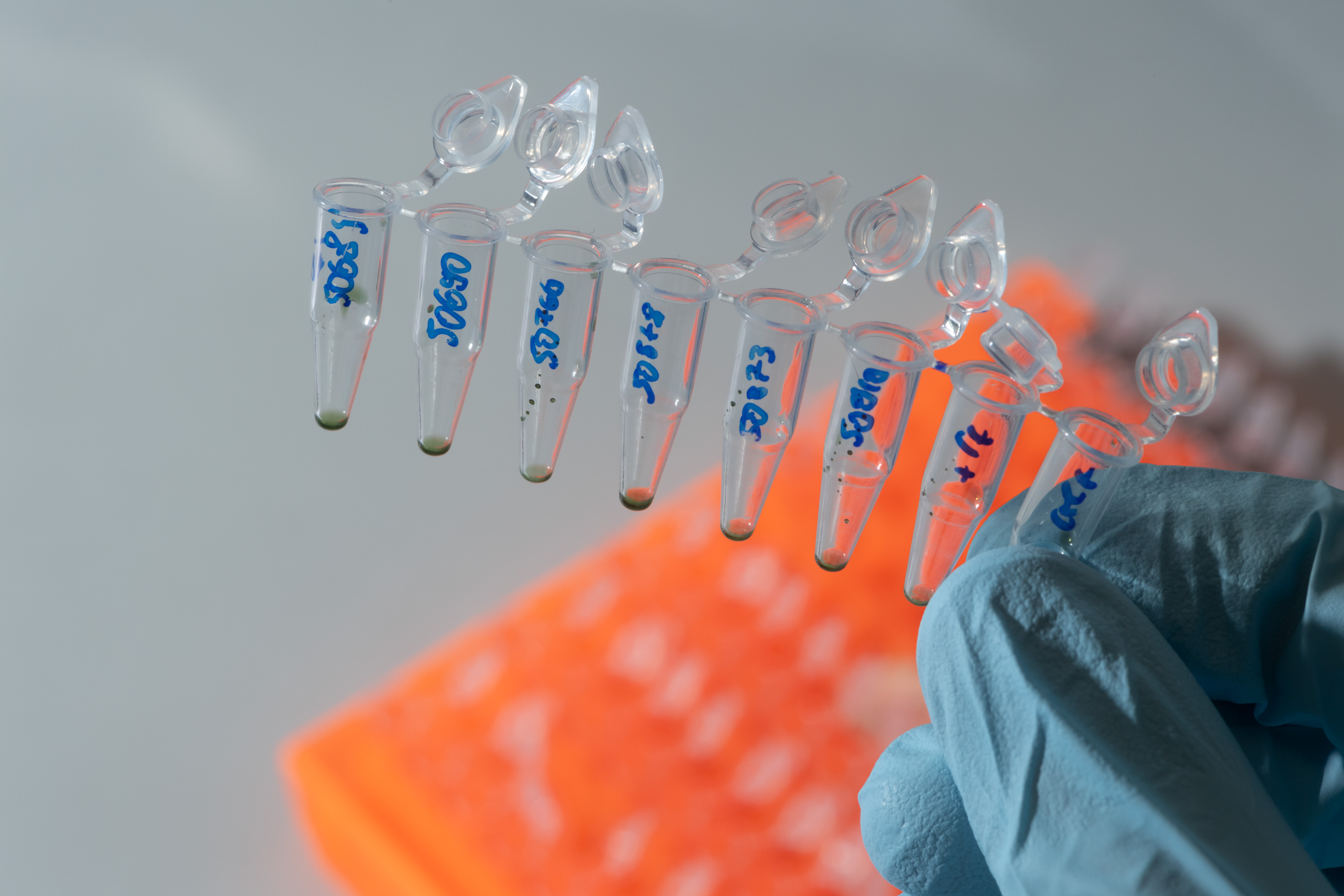Sex, Gender and Diversity in the Life Sciences
Aspects of sex, gender and diversity are especially relevant in the life sciences – for instance with regard to transferring results and their later application to different groups of people. For example, physiological and pathophysiological processes in the bodies of humans and animals may be strongly sex-dependent.
By using the "checklist(Download) provided by the DFG, applicants can examine during the planning stage whether these dimensions may be relevant to their research project.
Examples from Research
Some exemplary projects are introduced below, in which aspects related to diversity are relevant in various ways and across different levels.
Angela Meier, J Judy Chang, Ellen S Chan, Richard B Pollard, Harlyn K Sidhu, Smita Kulkarni, Tom Fang Wen, Robert J Lindsay, Liliana Orellana, Donna Mildvan, Suzane Bazner, Hendrik Streeck, Galit Alter, Jeffrey D Lifson, Mary Carrington, Ronald J Bosch, Gregory K Robbins & Marcus Altfeld (Nature Medicine, 2009)
HIV-infected women tend to have lower viral loads early in HIV infection but progress faster to AIDS for a given viral load than men. The authors of this study show substantial sex differences in the response of the toll-like receptor 7 (TLR7) of plasmacytoid dendritic cells (pDCs) to HIV. These sex differences on a cellular/molecular level may account for higher immune activation in women compared to men at a given HIV viral load and provide a mechanism by which the same level of viral replication might result in faster HIV disease progression in women compared to men.
Miho Nakajima, Andreas Görlich, Nathaniel Heintz (Cell, 2014)
The authors report the discovery of a subset of regular spiking interneurons that express the oxytocin receptor (OxtrINs). Silencing of these OxtrINs in the medial prefrontal cortex (mPFC) of female mice resulted in loss of social interest in male mice specifically during the sexually receptive phase of the estrous cycle. The data demonstrate a sex-, cell type-, and state-specific role for oxytocin signaling in the mPFC and identify a latent cortical circuit element that may modulate other complex social, sex-specific behaviors in response to oxytocin.
Dorothee Schwinge, Antonella Carambia, Alexander Quaas, Till Krech, Claudia Wegscheid, Gisa Tiegs, Immo Prinz, Ansgar W. Lohse, Johannes Herkel und Christoph Schramm (Journal of Immunology, 2015)
Autoimmune liver diseases mainly affect women. In a mouse model of T cell-mediated cholangitis (an inflammation of the bile ducts), female mice are more likely to develop the disease than male mice. The reason for this is the differential recruitment of endogenous CD4+ T cells into the livers of female mice, which then cause an inflammatory reaction. As the main cause, the sex hormone testosterone was identified: male mice were more susceptible to cholangitis after castration, while in female mice testosterone treatment led to suppression of the inflammation of the liver.
Elke Dworatzek, Shokoufeh Mahmoodzadeh, Carola Schubert, Christina Westphal, Joachim Leber, Angelika Kusch, Georgios Kararigas, Daniela Fliegner, Maryline Moulin, Renée Ventura-Clapier, Jan-Ake Gustafsson, Mercy M. Davidson, Duska Dragun, und Vera Regitz-Zagrosek (Cardiovascular Research, 2014)
Exercise leads to physiological hypertrophy of the heart muscle, which is reversible and whose signaling pathways seem to be positive for the heart. However, there are sex-specific differences: female mice showed a greater increase in heart mass, which may indicate that female hearts have a greater capacity for favourable remodelling, even under pathological conditions. In particular, the beta form of the estrogen receptor is responsible for the physiological hypertrophy by activating various signaling pathways, protein synthesis and mitochondrial adaptation.
Anke Hinney, Miriam Kesselmeier, Sigrid Jall, Anna-Lena Volckmar, Manual Föcker, Jochen Antel, GCAN; WTCCC3; Iris M Heid, Thomas W Winkler, GIANT; Struan FA Grant, EGG; Yiran Guo, Andrew W Bergen, Walter Kaye, Wade Berrettini, Hakon Hakonarson, Price Foundation Collaborative Group; Children’s Hospital of Philadelphia/Price Foundation; Beate Herpertz-Dahlmann, Martina de Zwaan, Wolfgang Herzog, Stefan Ehrlich, Stephan Zipfel, Karin M Egberts, Roger Adan, Marek Brandys, Annemarie van Elburg, Vesna Boraska Perica, Chris S Franklin, Matthias H Tschöp, Eleftheria Zeggini, Cynthia M Bulik, David Collier, André Scherag, Timo D Müller, Johannes Hebebrand. (Molecular Psychiatry, 2017)
In patients with the eating disorder anorexia nervosa (AN), the maintenance of normal body weight is disrupted over prolonged periods of time. Gene locations involved in body weight regulation may therefore be of relevance to AN and vice versa. Sex-specific analysis across multiple phenotypes revealed significant associations for a particular gene location. Interestingly, the alleles relevant to a predisposition to AN are associated with a lower BMI. In an animal model, fasting and diet-induced obesity resulted in opposite hypothalamic expression patterns of a gene in this region. For the first time, a gene has thus been described that contributes to anorexia nervosa and low body weight in females.
Please address your feedback to
| E-mail: | ines.medved@dfg.de |
| Telephone: | +49 (228) 885-3205 |
| E-mail: | anush.koeppert@dfg.de |
| Telephone: | +49 (228) 885-2612 |
